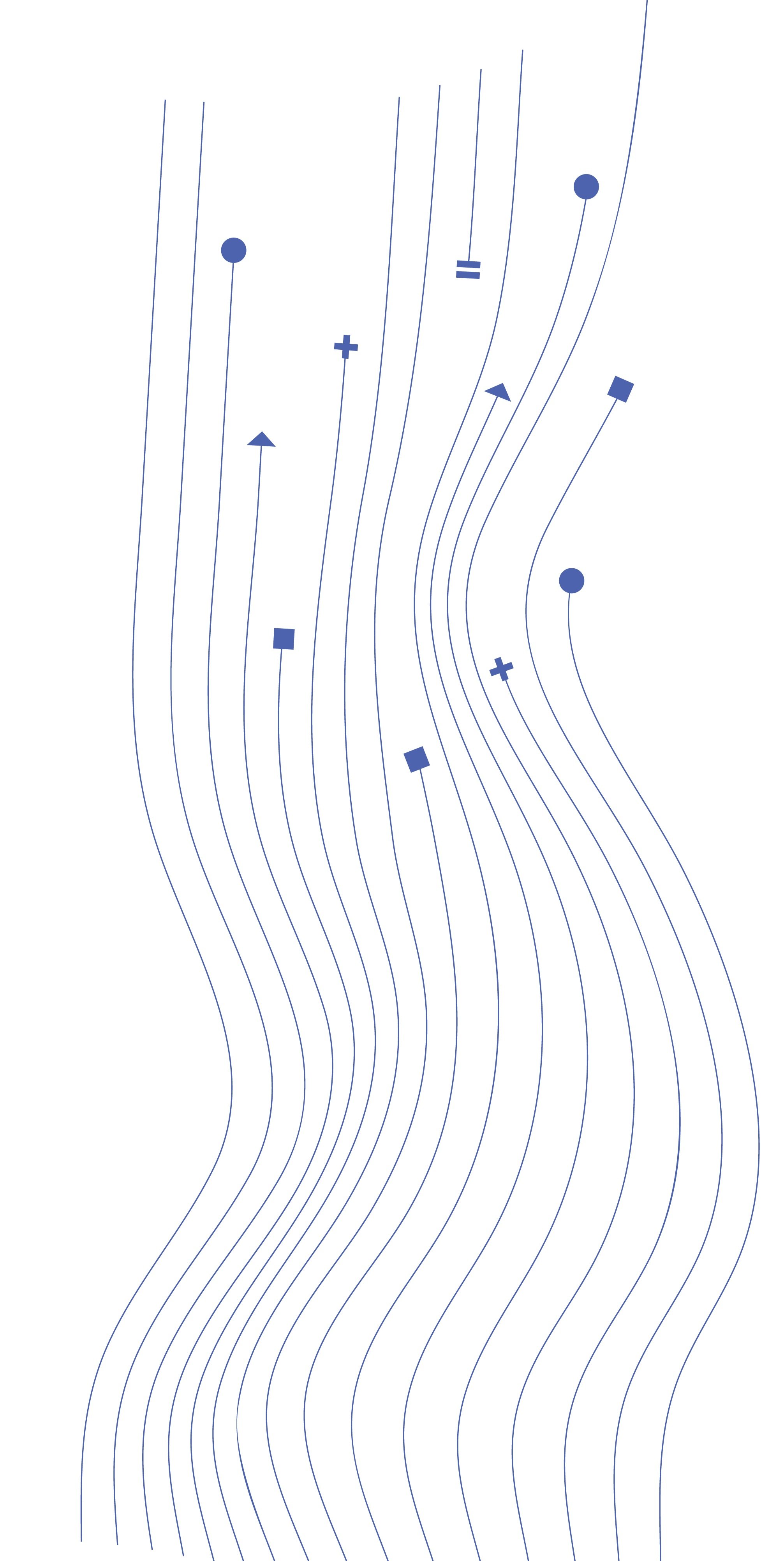Question and Answers with Cleopatra Kierstead
INTRODUCING Cleopatra
Q: What was your first experience with EDI work and strategy?
A: My first unofficial experience with DEI work and strategy was at 17 years old. I was a grade 11, high school student and mother at Fredericton High School. As a teenage mother, I wandered classrooms and hallways. Unfortunately, teachers, fellow students, and administrators often excluded me. While sitting in high school history classes, I read passages that erased the truths of Indigenous and newcomer voices and perspectives. One day while learning about our local demographics, I asked a simple question:
“ How did the local Black families in New Brunswick get to be here if not from immigration efforts?”, and “Were Indigenous relationships always so peaceful?”
I was passively aggressively and routinely informed that I had to wait until university to find that answer. I internalized that we (BIPOC students) were not part of the curriculum and that it was my responsibility to seek truths outside the school board, provincially mandated, prescribed texts.
Charged with curiosity and inspired to find truths, I made it my quest to ask the History department head why we were being filtered information by grade levels and asked the high school administrators who mandated the curriculum. The answers were not satisfying, so that year, I decided that I would not wait for university to seek knowledge. I would seek truths.
That year as a 17-year-old high school student and teen mother operating in a limited capacity, I created my first DEI strategy; create inclusion by developing awareness through an education initiative and fostering a sense of belonging among BIPOC students at Fredericton High School. For the remainder of my time in high school, I turned every term course project into a cross-curricular visual presentation, educating my peers and teachers on the impacts of colonialism on modern identity and institutional systems and how we can change.
Q: What’s it like to be the go-to expert in a field that is growing and impacting our communities, companies and sectors at the grassroots stage?
A: The fact that people and organizations approach me is a testament that there is more of a priority on the work. However, the value of this work was always there. Only recently have more individuals and organizations recognized the need and are beginning to understand the value add (the business case for Equity, Diversity, and Inclusion (EDI)) attributed to this field in their respective businesses.
EDI work can be inspiring and exhausting. The work can be highly gratifying and defeatist. Given the organizational and individual commitment needed to achieve goals, folks are surprised at the brevity and resources required to do the work. EDI cannot do the work without a verbal commitment backed by adequate resources. Change requires absolute obligations, commitments, and investments.
Q: Who made all the difference in your career?
A: My father, Harold Rodney Kierstead, impacted my career in a way I can never forget. He never set out to be a community builder, but from the moment he opened his first business as a cis-caucasian male in South Africa in 1950, his strong values set the stage for him to be a legend. Those same values would be embedded in me, and evolve to be embedded into how I approach work and my commitment to work as an EDI practitioner.
Over the years, he invested in and developed his team. He also took care of his team, showing compassion, kindness, and empathy to foster mutual respect to develop a diverse, inclusive, and equitable culture at Multipak Ltd. . As his team became successful, so did his business. My Dad had one of the most loyal employee bases I have ever seen to date.
From individual and collective acts of activism against apartheid and colonial powers, and to acts of allyship to support local tribes’ path to independence and economic sovereignty, my Dad believed in supporting and empowering people. He taught me the most significant universal law; an individual is only as good as their community. He was a firm believer in being honest, asking questions, sharing (ideas and time), distributing resources, inviting feedback, laughing, being grateful, and empowering and developing those around him. My Dad would have been 90 years old today and always embodied equity, diversity, and inclusion principles in his personal and professional life.




